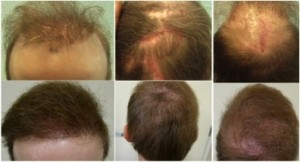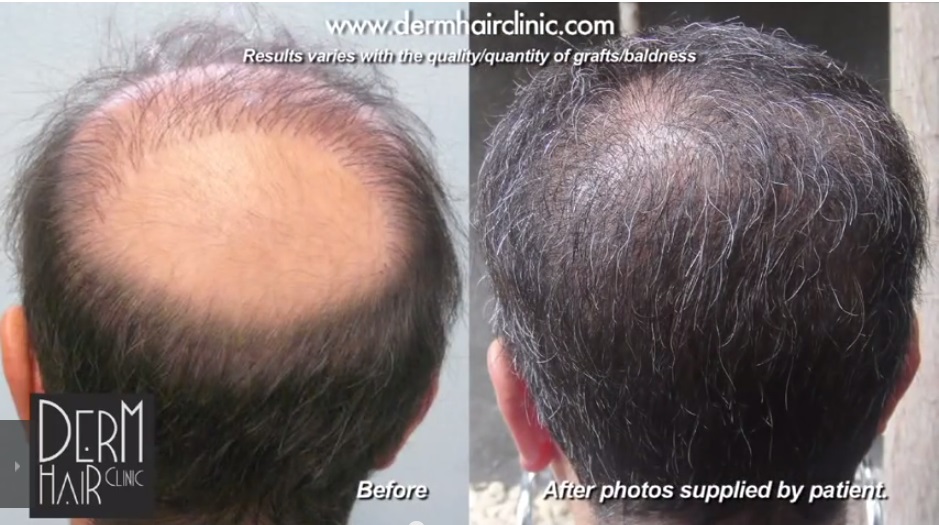OPTIONS FOR REPAIRING PAST HAIR TRANSPLANT SURGERY
Patients who have undergone older techniques may now have stretched scars or experienced botched surgeries. When baldness reoccurs after past hair transplant surgeries to restore hair loss, it is also even more difficult for the patients emotionally. The traditional donor supply on the head is typically nonexistent or not suitable for use in traditional follicular unit extraction (FUE) transplants.

PERMANENT HAIR RESTORATION WITH FUE
Hair transplant surgery is increasing in popularity as a cosmetic procedure. It can improve your self-confidence and revive an aging appearance. The FUE method removes viable hair where still present to create graphs. These graphs are then transplanted to areas of hair loss. Traditionally hair is removed from the back and sides of the head.
This procedure allows for hair restoration that is usually permanent and does not entail daily maintenance. FUE entails the extraction of individual follicular units one at a time with harvesting is done using 0.8 to 1.2 millimeter punches. Since it uses a patient’s own hair, results are natural looking and match in color.
REPAIRING PAST HAIR TRANSPLANT SURGERY WITH BHT
Body hair transplantation (BTH) using UGraft alleviates the problem of not enough traditional donor hair. BHT expands traditional donor area to include the body. This allows the use of approximately 20,000 grafts. Now even those with severe scarring from past surgeries or insufficient donor hair on the head can experience hair restoration with incredible results.
BHT is similar to FUE but expands the donor source of non-head hair. Rather than using just the head as a donor source, UGraft BHT allows the use of hair from different parts of the face and body. This includes beard, chest and leg hair as options. It is especially helpful for patients who lack sufficient donor hair on the head or are having a repair surgery.
BHT Advantages
- Less risk of permanent nerve damage without strip incision
- Ability to harvest more head donor hair in the future
- More natural-looking hair restoration and hairline using nape hair
- Allows more options for donor areas, including the body
- Minimal scarring, unlike the strip scar
- Less invasive surgery
- Faster recovery time
- Patients can wear hair short, without scar visibility

